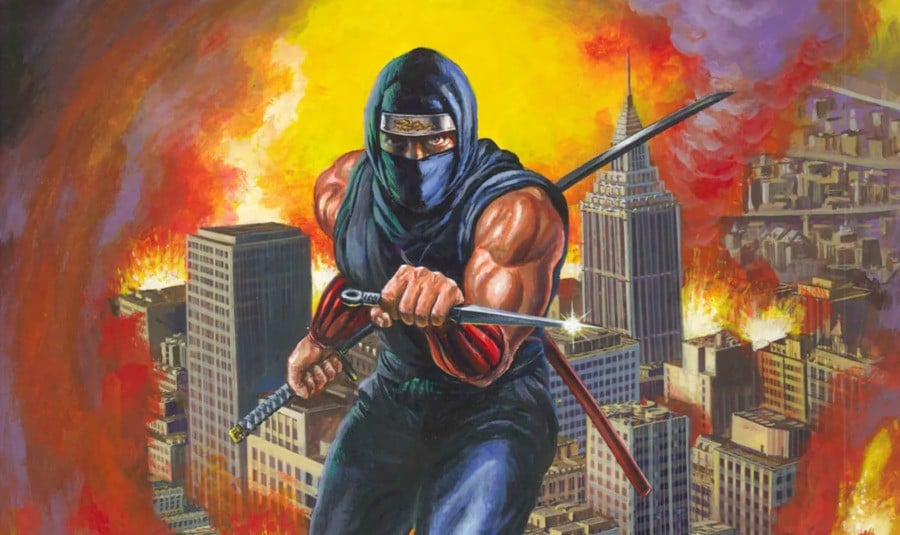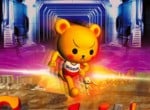
Back in 2023, former Tecmo staffer Hideo Yoshizawa – who served as director on 1988's Ninja Gaiden – posted a series of messages on social media which really dug into the legendary game's genesis and development.
The always-excellent Shmuplations has translated that thread to present an exhaustive, blow-by-blow account of how the game was made – and it's well worth a read.
One of the most significant revelations is that Konami's 1986 hit Castlevania was a big influence on the game, despite the pacing of the two being very different.
"I used Castlevania, a game I was really into at the time, as a reference," reveals Yoshizawa when discussing how Ninja Gaiden came to be. "But the speed and tempo of our game was different, and adding that constant up-to-down movement turned our game into something else entirely."
It wasn't just the initial setup that was inspired by Castlevania – Konami's game was using some technical tricks which would inspire Yoshizawa and his team:
"Our background data structure was modeled on that of Castlevania. Until this point, Tecmo's games, including Star Force, stored data in a 16x16 tilemap format. In Mighty Bomb Jack, our horizontally-scrolling screens were constructed by combining sets of data meant for either the upper- or lower-half of the screen, but it was virtually impossible to produce Castlevania-esque backgrounds using this method. Upon further research, we discovered that Castlevania seemed to be using 32x32 tilemaps, with four 8x8 images combined into a 16x16 data block, and four 16x16 blocks merged into one 32x32 block."
The full feature is a must-read if you're a fan of the game; Yoshizawa also reveals that the president of Tecmo even spoke of turning the game into a Hollywood movie directed by Steven Spielberg.







